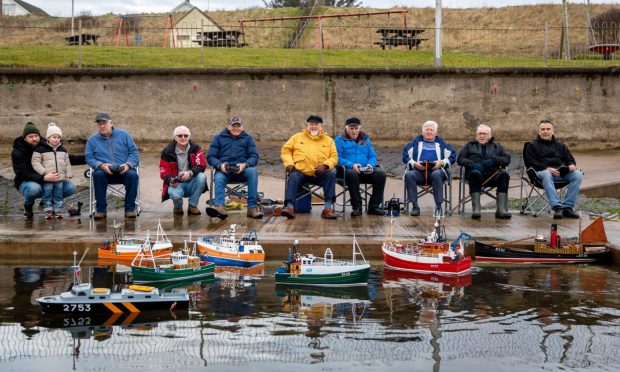There used to be a time when watching cycling on the television was not as easy as it is now. Technology has changed all that and it is possible to watch most bike races whether that is on live TV, or on a streaming service.
When I was younger that privilege was usually reserved for the Tour de France (TdF) and even then that was limited to half an hour of highlights in the evening. Sometimes these condensed packages are a better way to watch racing; even races like the TdF can sometimes drag on a bit if you are watching a live feed.
Years ago, when I was working shifts, I fell into a habit of watching the TdF live each day it was on. Starting at 11am I would sit down with a cup of tea ready to watch four hours of live racing. More often than not I would fall asleep within the first 30 minutes, waking just after the riders had crossed the line.
Before television, the main platform that provided cycling fans with the racing news that they craved was newspapers, hence the reason that so many newspapers sponsored cycling races.
The TdF was no exception and was borne out of an idea by Géo Lefèvre from the newspaper L’Auto. The then Editor-in-Chief, Henri Desgrange, cautiously took the idea and developed it into what would arguably become the greatest bike race on Earth.
Desgrange, an already established sport’s journalist with a published cyclist’s training manual in his oeuvre, maintained that a dedicated racing cyclist “has no more need of a woman than an unwashed pair of socks”.
His rather blunt writing style reflected his uncompromising attitude to cycle sport. He saw cycling as a pure sport and throughout his tenure as race director at the TdF he would make many decisions, some unpopular, to protect the integrity of “his race” for tough athletes.
The sports writing at the time was often florid as it strived to convey to readers the excitement of the event that they were covering. Cycling was a great sport to allow journalists to “let rip” as they wrote of the great mountains, excessive hardships, and battles that riders would endure.
Henri Desgrange was among the best in this respect and on writing about four riders racing in the monumental “Paris-Brest-Paris” bike race he penned “There are four of them.
Their legs, like giant levers, will power onwards for sixty hours, their muscles will grind up the kilometres, their broad chests will heave with the effort of the struggle, their hands will cling on to their handlebars; with their eyes they will observe each other ferociously; their backs will bend forward in unison for barbaric breakaways; their stomachs will fight against hunger, their brains against sleep.
And at night a peasant waiting for them by a deserted road will see four demons passing by, and the noise of their desperate panting will freeze his heart and fill it with terror.”
Bike racing is still a tough sport and there are still many fine journalists out there writing about the sport, Robert Millar being one of the best, but I can’t help wishing that we got a little more writing like that of Desgrange today.
Such words convey the pain, glory and competitive spirit of a bike race more than any TV picture could.
| Where to ride: | Coupar Angus Cycling Festival |
| Suitable for: | All-ability cycling for people with disabilities |
| Where: | Larghan Park – Coupar Angus |
| When: | Friday July 15 to Sunday July 17 |
| Description: | The Coupar Angus Cycling Festival takes place this weekend with a fun-filled day today at Larghan Park with the Clan Stunt Team, skills courses, adapted bikes and a giant “Air Bag” to test your jump skills. There will be lots of bike related stalls and other activities happening too.
Sunday will see the “Ballo Enduro MTB” race take place on North Ballo and Lundie Hills and for the roadies there will be the “Big Sunday Cycle” with routes of 25, 50 and 100km taking place.
For full details visit: www.cacyclinghub.com |













